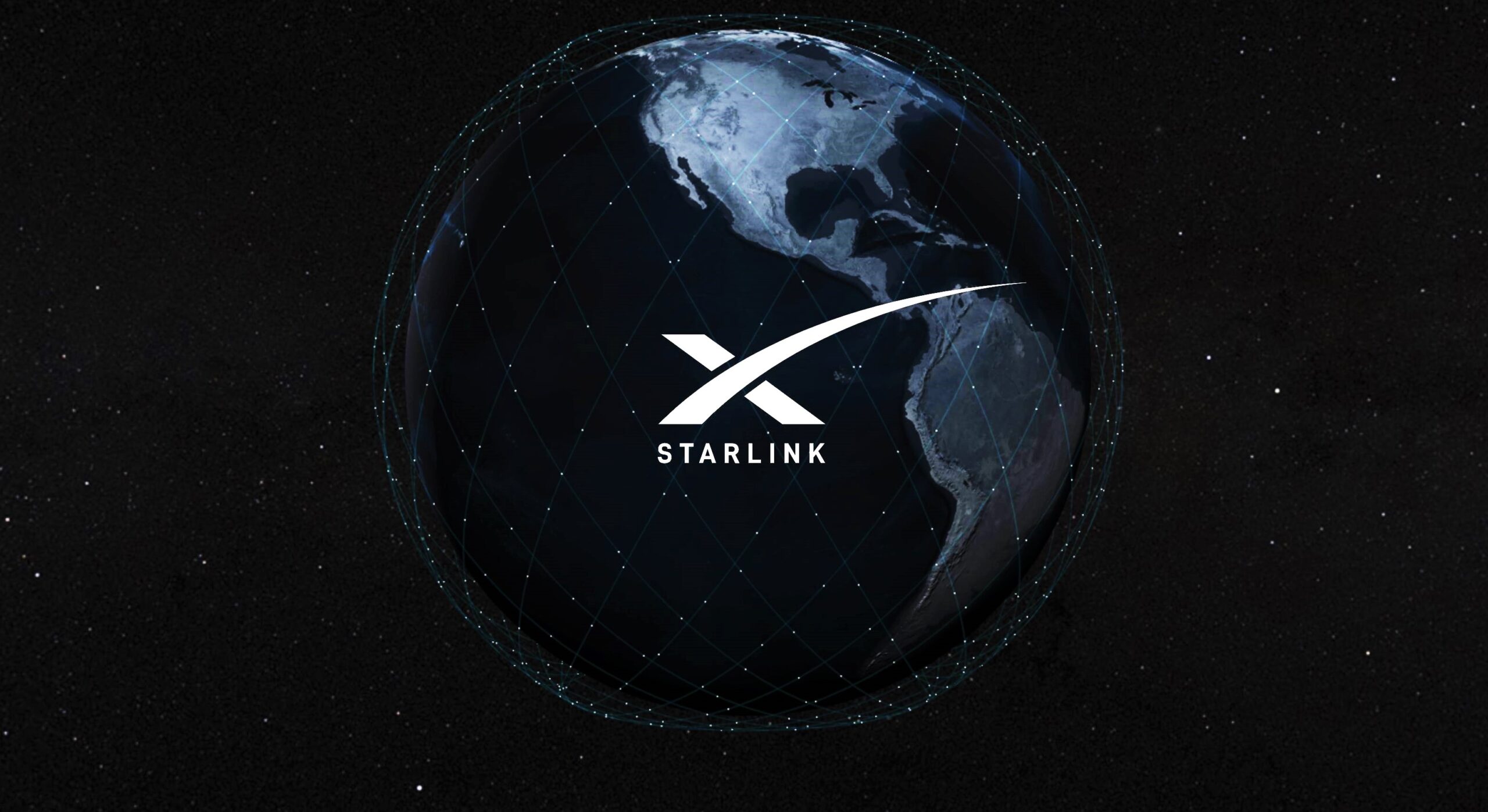SpaceX’s Starlink is poised to revolutionize how we stay connected, as they’re venturing into the cosmic domain with its Direct to Cell satellite phone service. Scheduled for liftoff next year, the groundbreaking service promises seamless compatibility with your existing smartphones and, in the not-so-distant future, access to text, voice, and data services.
A dedicated page on the Starlink website outlines the grand vision, with Direct to Cell’s text messaging service set to debut in 2024, followed by the integration of voice and data capabilities in 2025. The prospect is nothing short of awe-inspiring, with Starlink envisioning “ubiquitous access to texting, calling, and browsing wherever you may be on land, lakes, or coastal waters.”
Furthermore, this innovative service will be pivotal in connecting many IoT (Internet of Things) devices, forging a bridge between technology and our daily lives. Starlink’s ambitious satellite communication venture first took flight last year in collaboration with T-Mobile US. Their initial goal was to establish coverage across the continental United States, Hawaii, parts of Alaska, Puerto Rico, and US territorial waters. Looking ahead, they plan to enlist global carriers as partners to expand their reach even further.
Today, their reciprocal global access partners list includes Rogers in Canada, Optus in Australia, One NZ in New Zealand, Salt in Switzerland, and KDDI in Japan. The Direct to Cell service is designed to seamlessly work with existing LTE phones, ensuring that no alterations to your phone hardware, firmware, or special applications are necessary for you to unlock access to text, voice, and data. While it remains uncertain whether “existing LTE phones” imply a 4G service, the prospect of 5G compatibility may be on the horizon.
Described as “a cellphone tower in space,” the service promises to integrate with partner networks much like a standard roaming agreement. This means that when you venture beyond the reach of your provider’s cell tower, you can seamlessly transition to the direct-to-cell service provided by your global partner network. As for the pricing details, Starlink has kept them under wraps for now.
Nevertheless, the world eagerly awaits the moment when this cosmic communication service will become a reality. Amidst the buzz surrounding satellite connectivity, driven in part by Apple’s satellite support in the iPhone 14, Starlink’s Direct to Cell venture is set to redefine the way we stay connected, both on Earth and beyond.
However, Starlink has its cosmic competitors and potential regulatory challenges. AT&T has raised concerns about Starlink operating services using T-Mobile’s spectrum, citing possible interference with its terrestrial cellphone services. It seems that the race to the stars is on, and the future of connectivity promises to be out of this world.
